Everything you need to know about vacuum packaged food microwave sterilization machine in 2024
Introduction
In 2024, the vacuum packaged food microwave sterilization machine stands at the forefront of food processing technology, revolutionizing the way vacuum-packaged foods are sterilized. This advanced machine utilizes microwave technology to efficiently and effectively eliminate harmful bacteria and pathogens, ensuring the safety and quality of vacuum-sealed food products.
The demand for vacuum-packaged foods has been steadily increasing, driven by consumer preferences for convenience, extended shelf life, and preserved freshness. However, traditional sterilization methods such as heat treatment or chemical additives may compromise the taste, texture, and nutritional value of vacuum-sealed foods.
Enter the vacuum packaged food microwave sterilization machine. This cutting-edge technology offers a solution to the challenges posed by conventional sterilization methods, providing a safe, efficient, and non-destructive means of sterilizing vacuum-sealed food products.
In this comprehensive guide, we will delve into everything you need to know about the vacuum packaged food microwave sterilization machine in 2024. From its operational mechanism and advantages to its applications and future trends, this guide will provide valuable insights into this innovative technology and its role in the food processing industry.
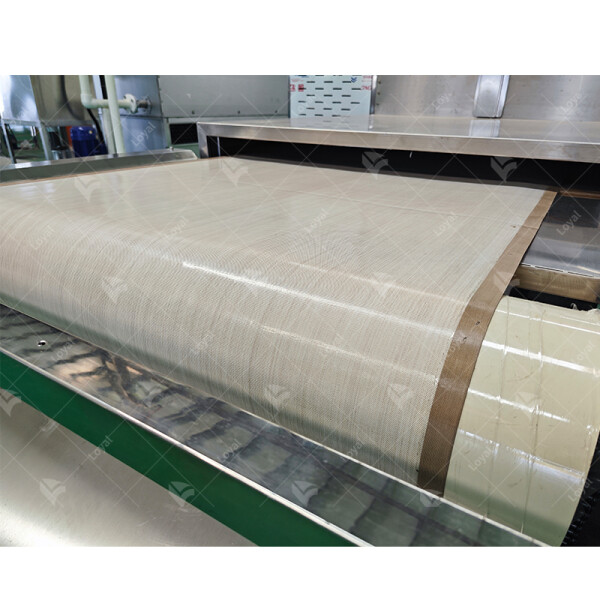
Working principle
The working principle of a vacuum packaged food microwave sterilization machine in 2024 involves the utilization of microwave technology to eliminate harmful microorganisms while preserving the quality and shelf-life of vacuum-sealed food products.
At its core, the machine utilizes microwave radiation to penetrate the vacuum-sealed packaging and target the microorganisms present in the food. The microwaves generate heat within the food, effectively destroying bacteria, viruses, and other pathogens that may cause spoilage or foodborne illnesses.
The vacuum packaging plays a crucial role in this process by creating a sealed environment that prevents the entry of oxygen, which can promote the growth of aerobic bacteria. By removing air from the packaging, vacuum sealing also helps to maintain the integrity of the food's texture, flavor, and nutritional content during the sterilization process.
The microwave sterilization machine is equipped with advanced controls and sensors that allow for precise adjustment of power levels, exposure times, and temperature settings. This ensures uniform and thorough sterilization of the food products without causing overheating or damage.
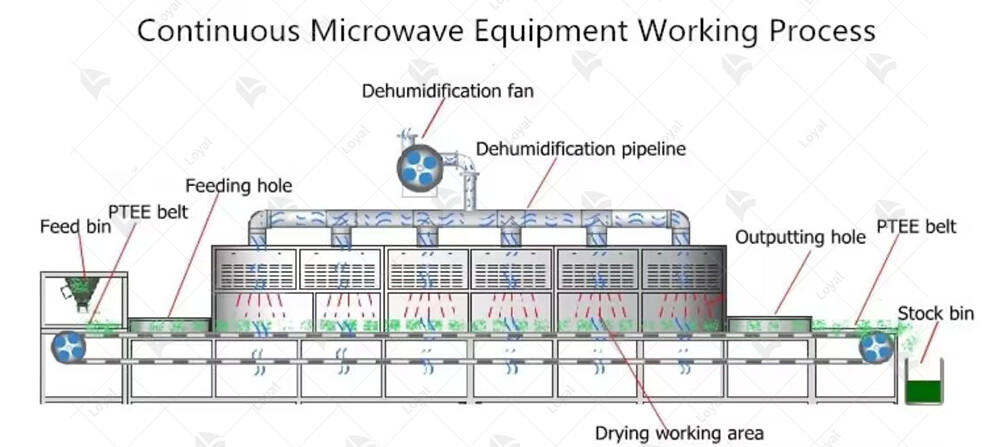
Advantages of microwave sterilizer
Advantages of Microwave Sterilizer |
1. Rapid Sterilization:Microwave sterilization machines offer quick and efficient sterilization of vacuum packaged food products. |
2. Uniform Heating:These machines ensure uniform heating throughout the product, eliminating cold spots and ensuring thorough sterilization. |
3. Preservation of Nutritional Value:Microwave sterilization preserves the nutritional value of vacuum packaged foods by minimizing heat exposure and preserving vitamins and minerals. |
4. Extended Shelf Life:Vacuum packaged foods sterilized using microwave technology have an extended shelf life compared to traditional sterilization methods. |
5. Energy Efficiency:Microwave sterilization machines are energy-efficient, reducing energy consumption compared to other sterilization methods. |
6. Environmentally Friendly:With reduced energy consumption and shorter processing times, microwave sterilization is environmentally friendly compared to conventional sterilization methods. |
7. Versatility:These machines are versatile and can sterilize a wide range of vacuum packaged food products, including meats, seafood, fruits, and vegetables. |
8. Minimal Chemical Use:Microwave sterilization reduces the need for chemical preservatives, making it a healthier option for consumers. |
9. Improved Food Safety:By effectively eliminating harmful bacteria and pathogens, microwave sterilization ensures the safety of vacuum packaged foods for consumers. |
10. Cost-Effective:Despite initial investment costs, the long-term benefits of microwave sterilization, such as reduced energy consumption and extended shelf life, make it a cost-effective option for food manufacturers. |
11. Regulatory Compliance:Microwave sterilization machines meet regulatory standards for food safety and quality, ensuring compliance with industry regulations. |
12. Quality Assurance:These machines provide consistent and reliable sterilization results, ensuring high-quality vacuum packaged foods for consumers. |
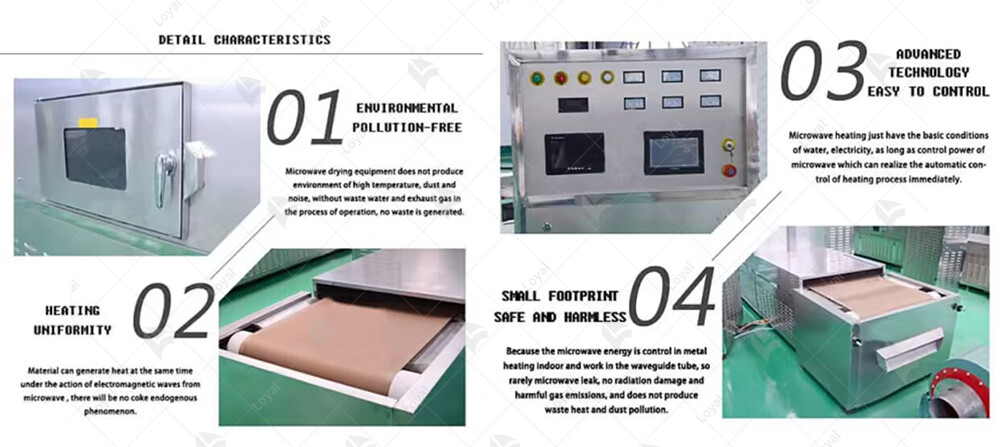
Key components of microwave sterilizer
Key Component | Description |
Microwave Chamber | The chamber where the vacuum packaged food is placed for sterilization. It is designed to contain and evenly distribute microwave energy for efficient sterilization. |
Magnetron | The magnetron is the microwave generator that produces the electromagnetic waves used for sterilization. It converts electrical energy into microwave radiation. |
Waveguide | The waveguide directs the microwave radiation from the magnetron into the microwave chamber, ensuring uniform distribution of energy. |
Vacuum System | The vacuum system removes air from the chamber before sterilization, creating a vacuum environment that enhances the penetration of microwave energy and improves the sterilization process. |
Temperature Control | Temperature sensors and control systems regulate the temperature inside the chamber to ensure that it remains within the optimal range for sterilization without overheating the food. |
Conveyor System | The conveyor system transports the vacuum packaged food through the microwave chamber at a controlled speed, ensuring consistent exposure to microwave energy for thorough sterilization. |
Control Panel | The control panel allows operators to set and monitor various parameters of the sterilization process, such as time, temperature, and power level. It provides user-friendly interface for operating the machine. |
Safety Features | Safety features include interlocks, alarms, and emergency stop buttons to ensure safe operation of the machine and protect operators from potential hazards such as microwave leakage or chamber pressure buildup. |
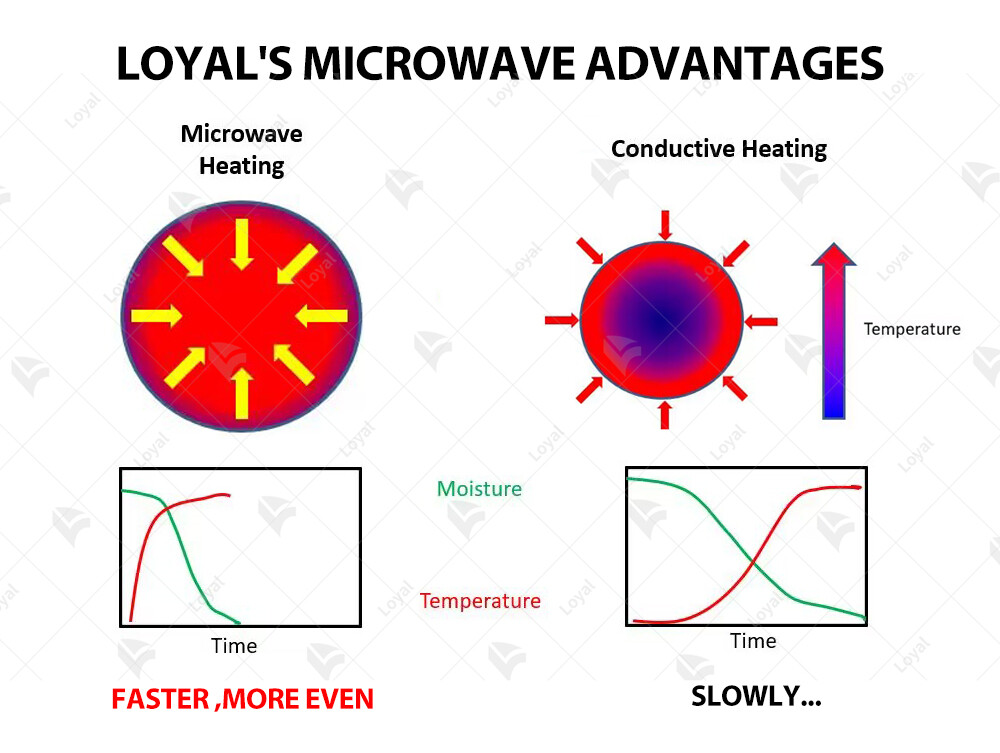
Types of microwave sterilizers
In 2024, there are several types of microwave sterilizers available for vacuum packaged food, each with its unique features and advantages.
1. Batch Microwave Sterilizers:
Batch microwave sterilizers are designed to process a limited quantity of vacuum packaged food at a time. They typically consist of a chamber where the vacuum packaged food is placed for sterilization. Batch sterilizers are suitable for small-scale production or for processing specialized food items that require individual attention.
2. Continuous Microwave Sterilization Systems:
Continuous microwave sterilization systems are designed for high-volume production of vacuum packaged food. These systems feature a conveyor belt or similar mechanism that continuously moves the vacuum packaged food through the sterilization chamber. Continuous systems offer efficient and consistent sterilization, making them ideal for large-scale food processing operations.
3. Tunnel Microwave Sterilization Systems:
Tunnel microwave sterilization systems are a variation of continuous systems, where the conveyor belt passes through a tunnel-like chamber for sterilization. This design allows for precise control over the sterilization process and ensures uniform treatment of vacuum packaged food items. Tunnel systems are commonly used in industrial food processing facilities for sterilizing a wide range of products.
4. Combination Microwave Sterilization Systems:
Combination microwave sterilization systems integrate microwave technology with other sterilization methods, such as hot air or steam. These systems offer the benefits of both technologies, providing rapid and efficient sterilization while minimizing the risk of overcooking or overheating the vacuum packaged food. Combination systems are often used in food processing facilities where a combination of sterilization methods is required to achieve optimal results.
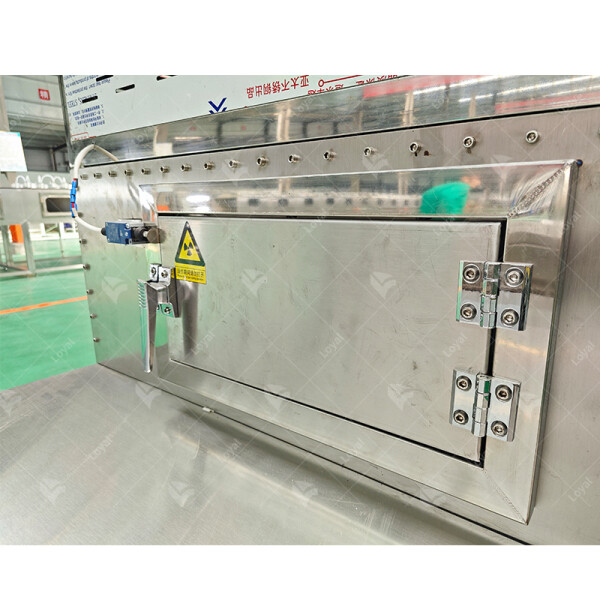
Technical parameters
| Technical Parameters Of Continuous Microwave Dryer Industrial Microwave Drying Machine | |||||
| Model | Size LWH(Can be customized according to the customer's requirements) | Output power | Dewaterability | Sterilization capacity | Baking and Roasting capacity (Depends on different raw material) |
| LY-10KW | 5000mm825mm1750mm | ≥10KW | 10KG/Hour | 100KG/Hour | 30-50KG/Hour |
| LY-20KW | 8000mm825mm1750mm | ≥20KW | 20KG/Hour | 200KG/Hour | 60-100KG/Hour |
| LY-30KW | 8500mm1160mm1750mm | ≥30KW | 30KG/Hour | 300KG/Hour | 90-150 KG/Hour |
| LY-40KW | 10000mm1160mm1750mm | ≥40KW | 40KG/Hour | 40KG/Hour | 120-200KG/Hour |
| LY-50KW | 12500mm1160mm1750mm | ≥50KW | 50KG/Hour | 500KG/Hour | 150-250KG/Hour |
| LY-60KW | 13500mm1450mm1750mm | ≥60KW | 60KG/Hour | 600KG/Hour | 180-300KG/Hour |
| LY-70KW | 13500mm1500mm1750mm | ≥70KW | 70KG/Hour | 700KG/Hour | 210-350KG/Hour |
| LY-80KW | 13500mm1650mm1750mm | ≥80KW | 80KG/Hour | 800KG/Hour | 240-400KG/Hour |
| LY-100KW | 16800mm1650mm1750mm | ≥100KW | 100KG/Hour | 1000KG/Hour | 300-500KG/Hour |
| LY-150KW | 22400mm1850mm1750mm | ≥150KW | 150KG/Hour | 1500KG/Hour | 450-750KG/Hour |
| LY-200KW | 27000mm1850mm1750mm | ≥250KW | 250KG/Hour | 2500KG/Hour | 750-1250/Hour |
| LY-300KW | 32000mm1850mm1750mm | ≥300KW | 300KG/Hour | 3000KG/Hour | 900-1500KG/Hour |
| Power Supply | 380V±10% 50Hz±1% Three-Phase Five-Wire | ||||
| Microwave Output Frequency | 2450±50Mhz | ||||
| Microwave Input Apparent Power | ≤168Kva | ||||
| Microwave Output Power | ≥120Kw | ||||
| Microwave Power Adjustment Range | 0-30Kw(Adjustable) | ||||
| Ambient Temperature | -5-40°C | ||||
| Relative Humidity | ≤80%, Surrounding Environment:No Corrosive Gas, Conductive Dust And Explosive Gas | ||||
| Transmission Speed | 0-10m/Min(Adjustable) | ||||
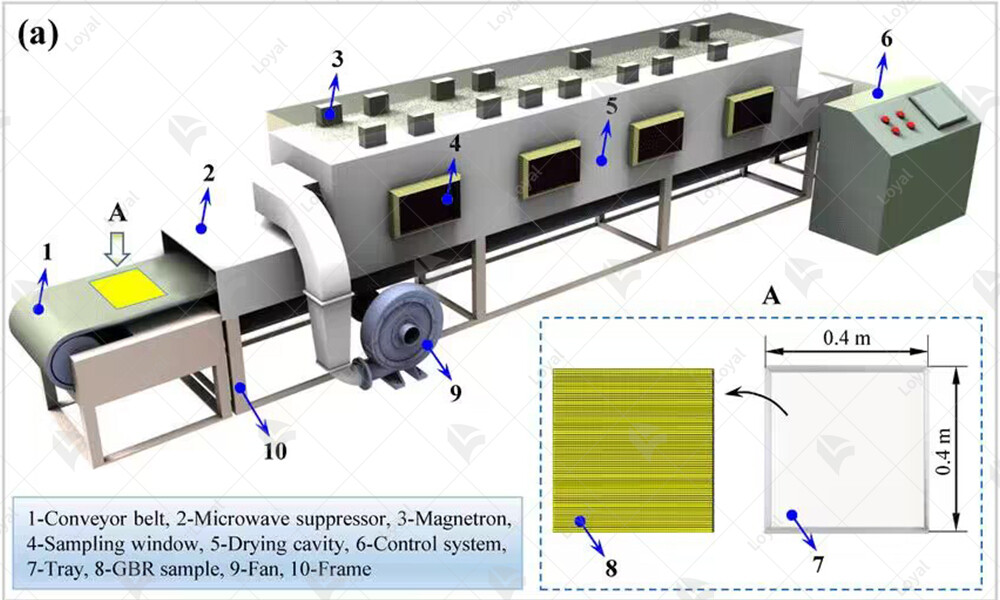
Technological progress and innovation of microwave sterilizers
In 2024, the landscape of microwave sterilization technology continues to evolve, driven by ongoing technological progress and innovation. Microwave sterilizers, particularly those designed for vacuum packaged food, have seen significant advancements to meet the demands of the modern food industry.
Enhanced Efficiency:
One of the key areas of innovation in microwave sterilizers is enhanced efficiency. Manufacturers have developed systems that can sterilize vacuum packaged food more quickly and effectively than ever before. This increased efficiency allows for higher throughput and reduced processing times, contributing to greater productivity and cost-effectiveness for food producers.
Improved Precision:
Another area of focus in microwave sterilization technology is improved precision. Advanced control systems and sensors enable precise monitoring and adjustment of sterilization parameters such as temperature, humidity, and exposure time. This precision ensures consistent and thorough sterilization of vacuum packaged food, minimizing the risk of under- or over-processing.
Enhanced Safety Features:
Safety is paramount in food processing, and microwave sterilizers are no exception. Manufacturers have integrated advanced safety features into their machines to ensure the protection of both food products and operators. These features may include automatic shut-off mechanisms, temperature alarms, and fail-safe systems to prevent accidents and ensure compliance with food safety regulations.
Innovative Design:
Innovative design elements have also emerged in the development of microwave sterilizers for vacuum packaged food. Compact footprints, modular configurations, and user-friendly interfaces are just a few examples of design features aimed at maximizing efficiency and ease of use. Additionally, some sterilizers may incorporate advanced materials and construction techniques to enhance durability and reliability.
Integration of Smart Technologies:
The integration of smart technologies is another notable trend in the evolution of microwave sterilizers. Artificial intelligence, machine learning, and data analytics are being utilized to optimize sterilization processes, predict maintenance needs, and improve overall performance. These smart features enable operators to make data-driven decisions and maximize the efficiency of their sterilization operations.
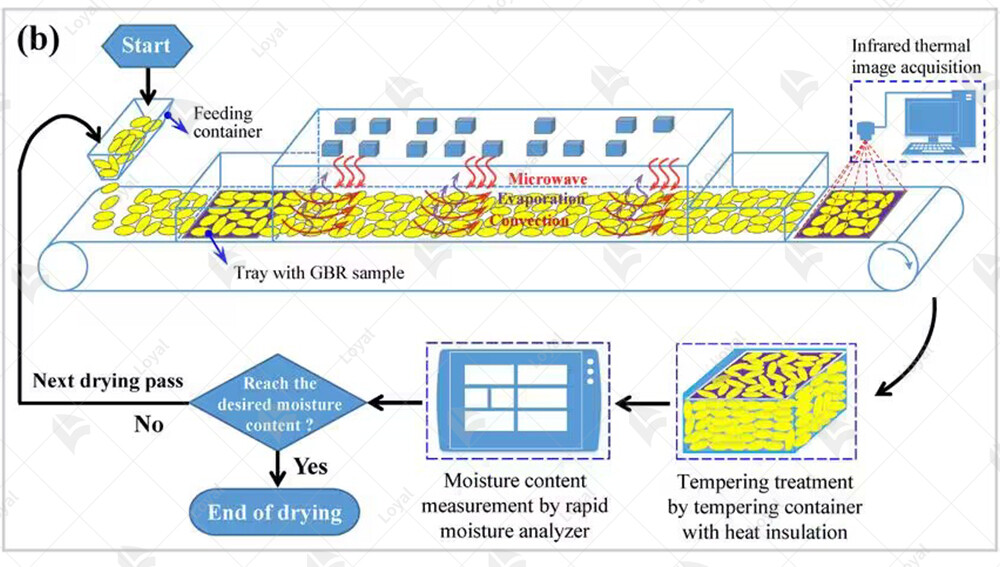
Precautions for selection and implementation of microwave sterilizers
When selecting and implementing vacuum packaged food microwave sterilization machines, several precautions must be considered to ensure optimal performance and food safety standards.
1. Compatibility with Vacuum Packaging:
Ensure that the microwave sterilization machine is compatible with vacuum packaging systems. Vacuum packaging creates a low-pressure environment around the food, which can affect the sterilization process. Choose a sterilizer specifically designed to accommodate vacuum-packaged foods to ensure thorough and effective sterilization.
2. Power and Capacity Requirements:
Consider the power and capacity requirements of the microwave sterilization machine based on the volume of vacuum-packaged foods to be processed. Select a machine with sufficient power and capacity to handle the workload efficiently. Overloading the machine can lead to uneven sterilization and reduced effectiveness.
3. Uniform Heating and Penetration:
Verify that the microwave sterilization machine provides uniform heating and penetration throughout the vacuum-packaged foods. Uneven heating can result in inadequate sterilization and compromised food safety. Look for features such as rotating turntables or adjustable power levels to ensure even distribution of microwave energy.
4. Temperature and Pressure Control:
Ensure that the sterilization machine offers precise control over temperature and pressure settings. Vacuum-packaged foods require specific temperature and pressure conditions to achieve optimal sterilization while preserving quality attributes such as texture and flavor. Choose a machine with advanced control features to customize settings according to the requirements of different food products.
5. Compliance with Regulations:
Verify that the microwave sterilization machine complies with relevant regulations and standards for food safety and quality. Ensure that the machine is certified by regulatory authorities and meets industry-specific guidelines for sterilization processes. Compliance with regulations is essential to prevent contamination and ensure consumer safety.
6. Training and Maintenance:
Provide comprehensive training for operators and maintenance personnel on the proper use and maintenance of the microwave sterilization machine. Regular maintenance and calibration are essential to ensure consistent performance and prolong the lifespan of the equipment. Implement a schedule for routine inspections, cleaning, and servicing to minimize downtime and ensure uninterrupted operation.
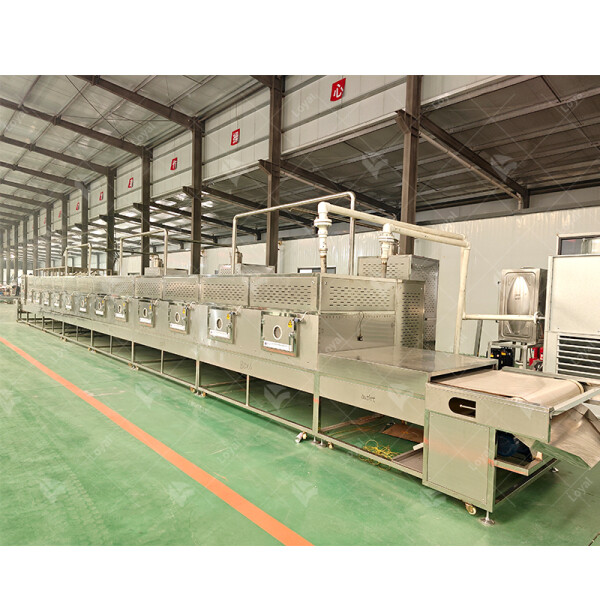
Post-maintenance of microwave sterilizers
Post-maintenance of microwave sterilizers for vacuum packaged food is essential to ensure optimal performance and food safety standards. Following stringent maintenance protocols is crucial to maintain the integrity of vacuum packaged food products and uphold the highest quality standards.
Cleaning and Sanitization:
Thorough cleaning and sanitization of the microwave sterilizer are imperative post-use. Clean all surfaces, including the chamber, conveyor belts, and trays, using approved cleaning agents. Ensure that all residues, debris, and contaminants are effectively removed to prevent cross-contamination.
Component Inspection:
Regular inspection of all components is necessary to identify any signs of wear, damage, or malfunction. Pay close attention to seals, gaskets, and electrical connections, ensuring they are intact and functioning properly. Replace any damaged or worn-out parts promptly to prevent leakage or operational issues.
Calibration and Adjustment:
Calibrating the microwave sterilizer according to manufacturer specifications is essential for consistent and effective sterilization. Adjust power levels, temperature settings, and conveyor speed as needed to ensure optimal performance. Use calibrated instruments and follow standard procedures to achieve accurate results.
Testing and Validation:
Conducting testing and validation procedures post-maintenance is crucial to verify the sterilizer's performance. Run test cycles with controlled parameters and closely monitor the sterilization process. Validate the effectiveness of the sterilization by testing samples of vacuum packaged food for microbial load and quality attributes.
Documentation and Record-Keeping:
Maintain detailed records of all post-maintenance activities and testing results. Document cleaning schedules, component inspections, calibration adjustments, and validation tests. Comprehensive documentation is essential for demonstrating compliance with food safety regulations and quality assurance standards.
Training and Education:
Provide ongoing training for operators and maintenance personnel on proper post-maintenance procedures. Ensure that staff members are proficient in the operation and maintenance of the microwave sterilizer and understand their responsibilities. Continuous education and training are essential for maintaining food safety standards and optimizing machine performance.
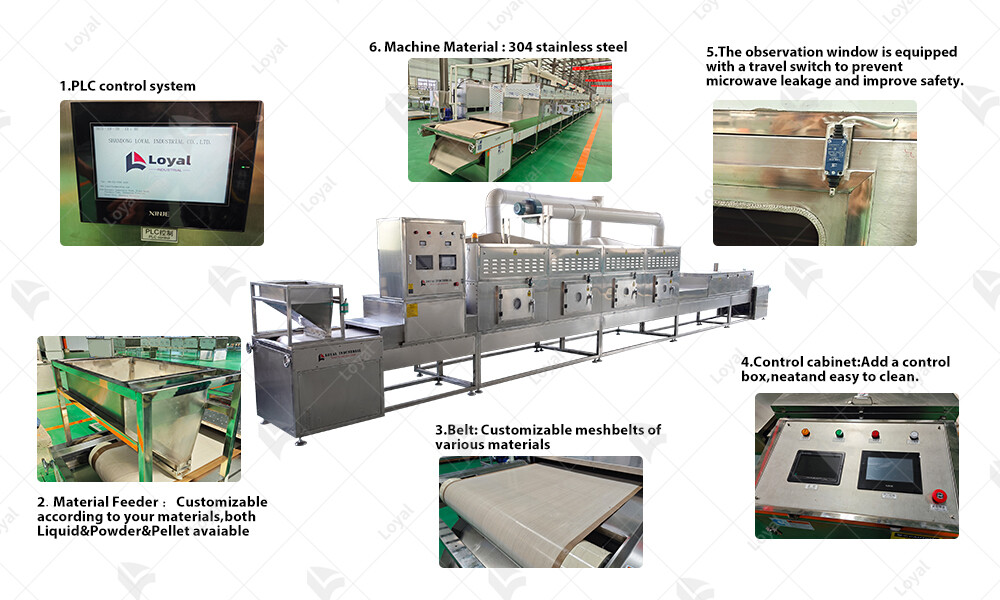
References
The following are five authoritative foreign literature websites in the field of industrial microwaves:
1. IEEE Xplore Digital Library
Website: [https://ieeexplore.ieee.org/]
2.ScienceDirect
Website: [https://www.sciencedirect.com/]
3. SpringerLink
Website: [https://link.springer.com/]
4. Wiley Online Library
Website: [https://onlinelibrary.wiley.com/]
5. PubMed
Website: [https://pubmed.ncbi.nlm.nih.gov/]
 Telephone :+86-531-55583139
Telephone :+86-531-55583139 WhatsApp :+86 13256674591
WhatsApp :+86 13256674591 Email :
Email :










